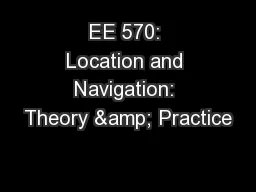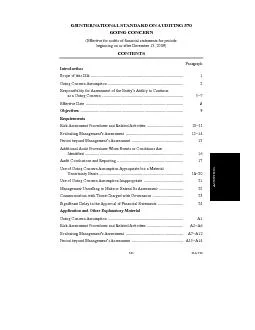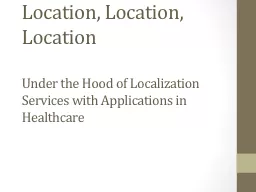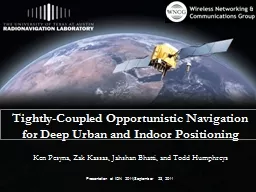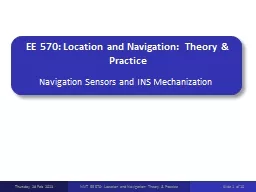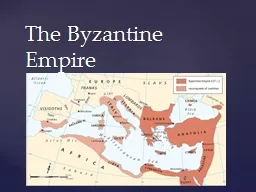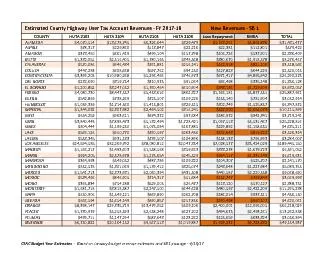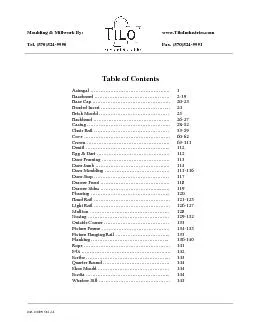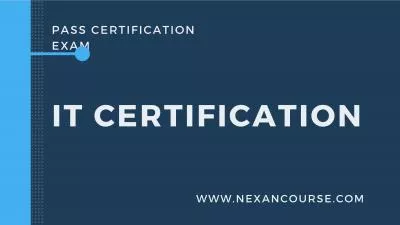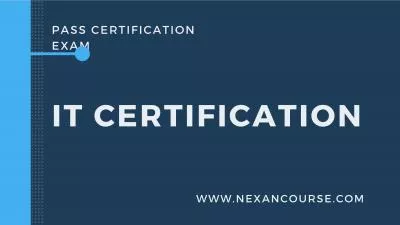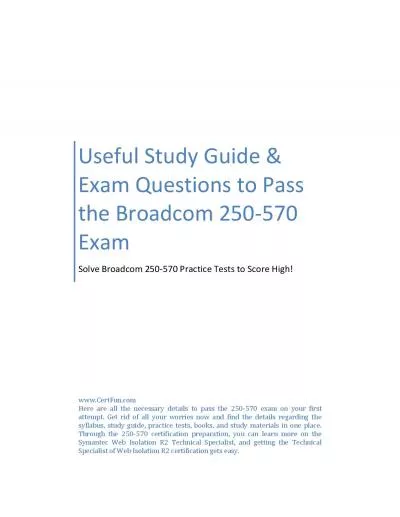PPT-EE 570: Location and Navigation: Theory & Practice
Author : debby-jeon | Published Date : 2018-11-04
Navigation Sensors and INS Mechanization Tuesday 26 Feb 2013 NMT EE 570 Location and Navigation Theory amp Practice Slide 1 of 14 Navigation Sensors and INS Mechanization
Presentation Embed Code
Download Presentation
Download Presentation The PPT/PDF document "EE 570: Location and Navigation: Theory ..." is the property of its rightful owner. Permission is granted to download and print the materials on this website for personal, non-commercial use only, and to display it on your personal computer provided you do not modify the materials and that you retain all copyright notices contained in the materials. By downloading content from our website, you accept the terms of this agreement.
EE 570: Location and Navigation: Theory & Practice: Transcript
Download Rules Of Document
"EE 570: Location and Navigation: Theory & Practice"The content belongs to its owner. You may download and print it for personal use, without modification, and keep all copyright notices. By downloading, you agree to these terms.
Related Documents

